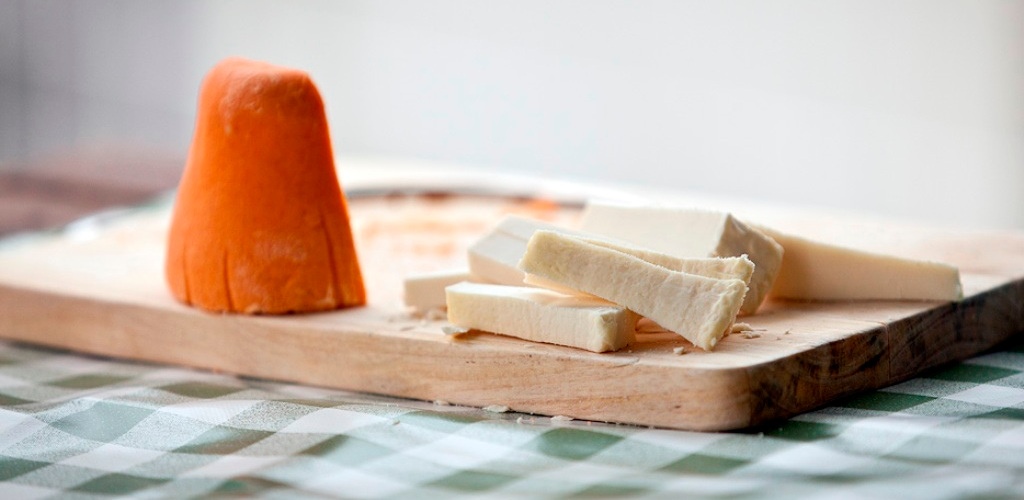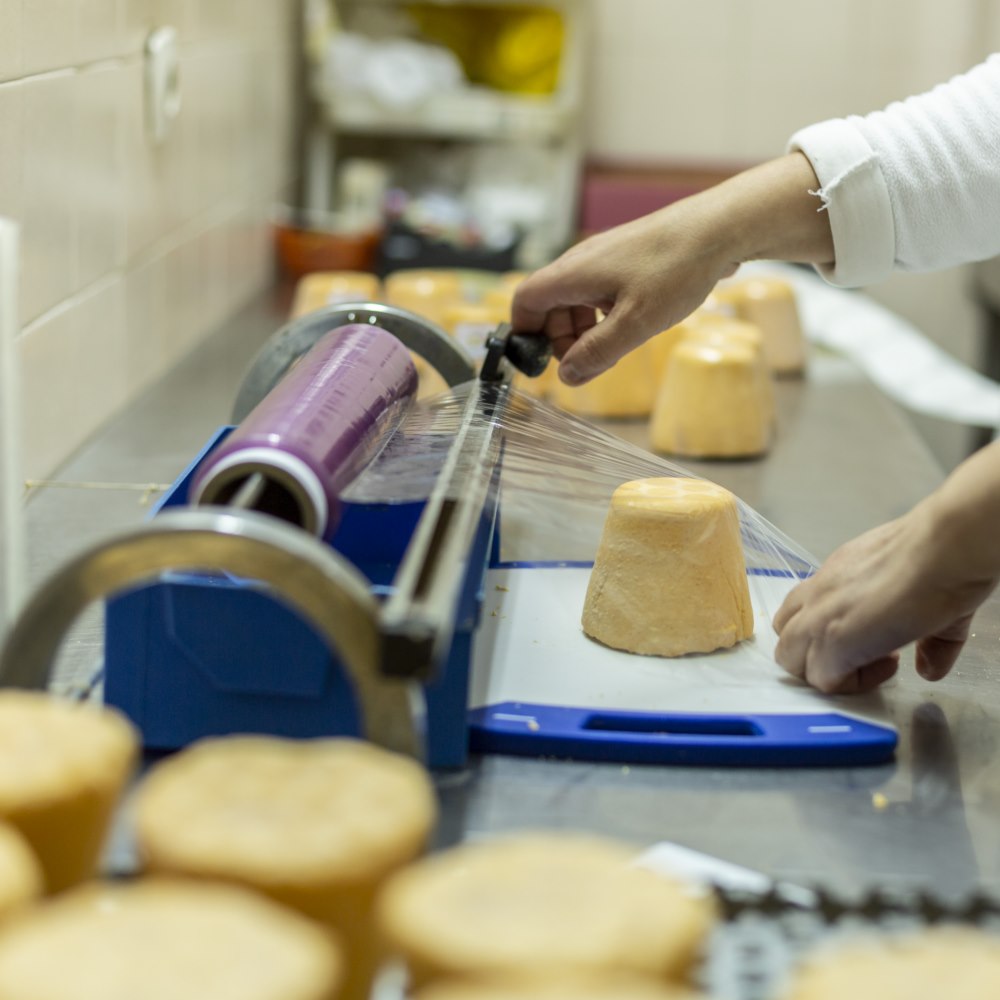Desde tiempos ancestrales, las explotaciones agrícolas se estructuraban en caserías que se autoabastecían a través de los cultivos y de los productos derivados del ganado vacuno y lanar; son los excedentes de la leche obtenida los que permitieron la elaboración de estos quesos. Superada la producción para el propio abastecimiento, comenzaron a venderse estos quesos en los diferentes mercados semanales donde confluían todos los quesos de la zona, y donde el avance paulatino de las comunicaciones fue permitiendo una pequeña expansión comercial
A partir de los años 80, con motivo de las exigencias de la normativa higiénico sanitaria, comenzaron a crearse las primeras queserías profesionales dedicadas a la producción y comercialización del mismo.
La evolución de este queso en el tiempo obtuvo el impulso definitivo por la creación de la Denominación de Origen Protegida Afuega’l Pitu en el año 2003, a través de la cual se promueve y protege la elaboración de este queso en las zonas geográficas tradicionalmente productoras y con las técnicas de elaboración más arraigadas de estos lugares.




